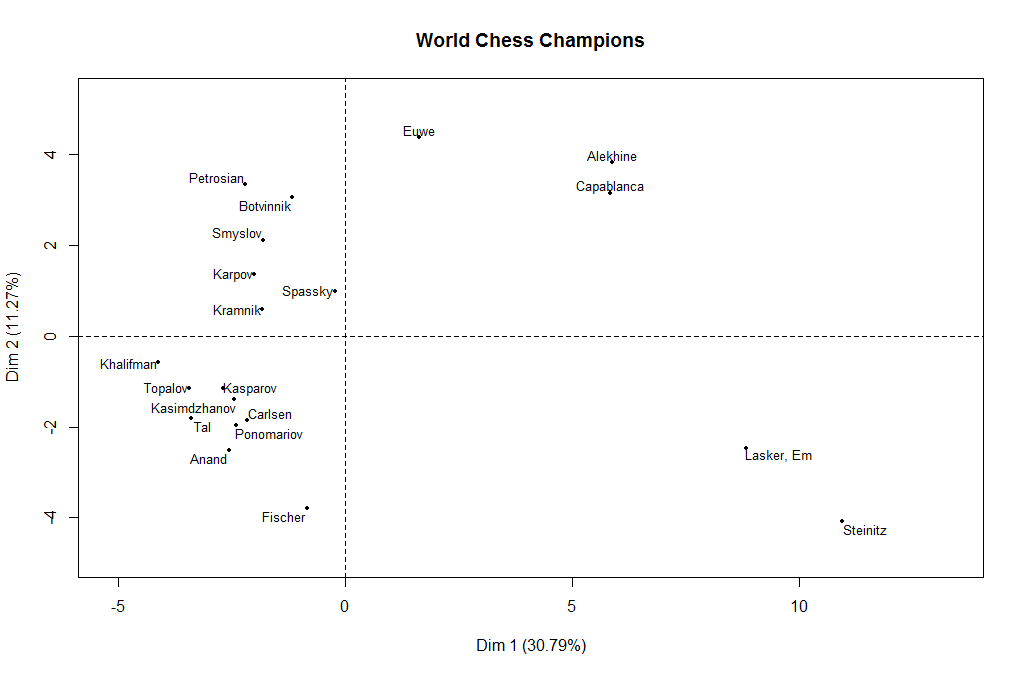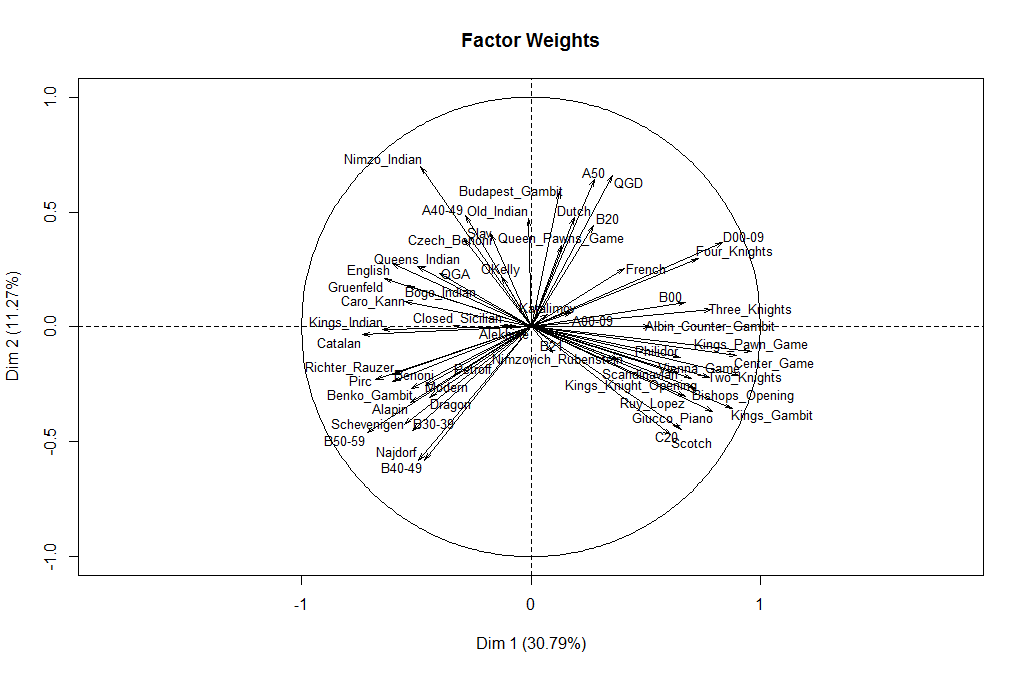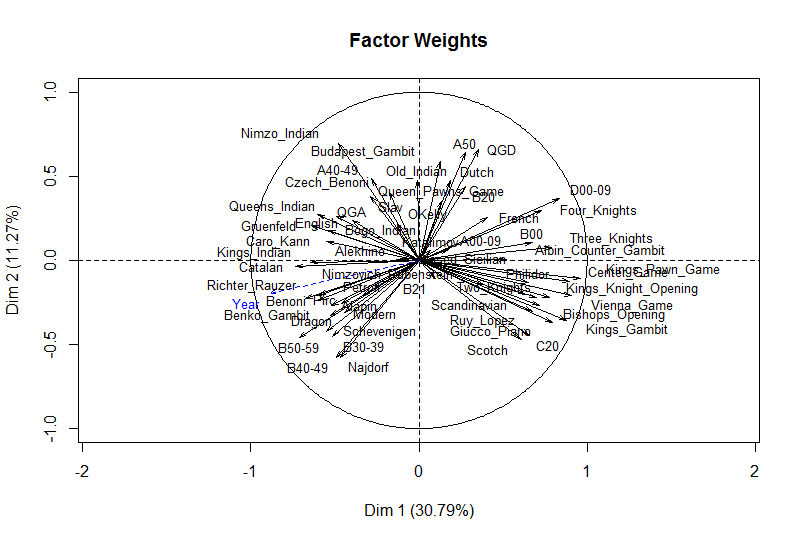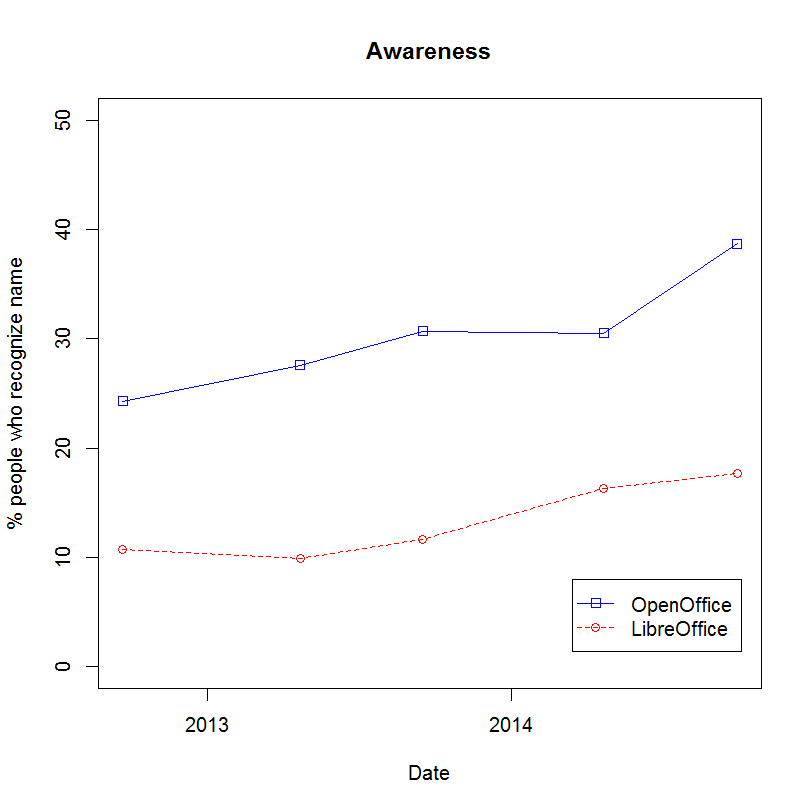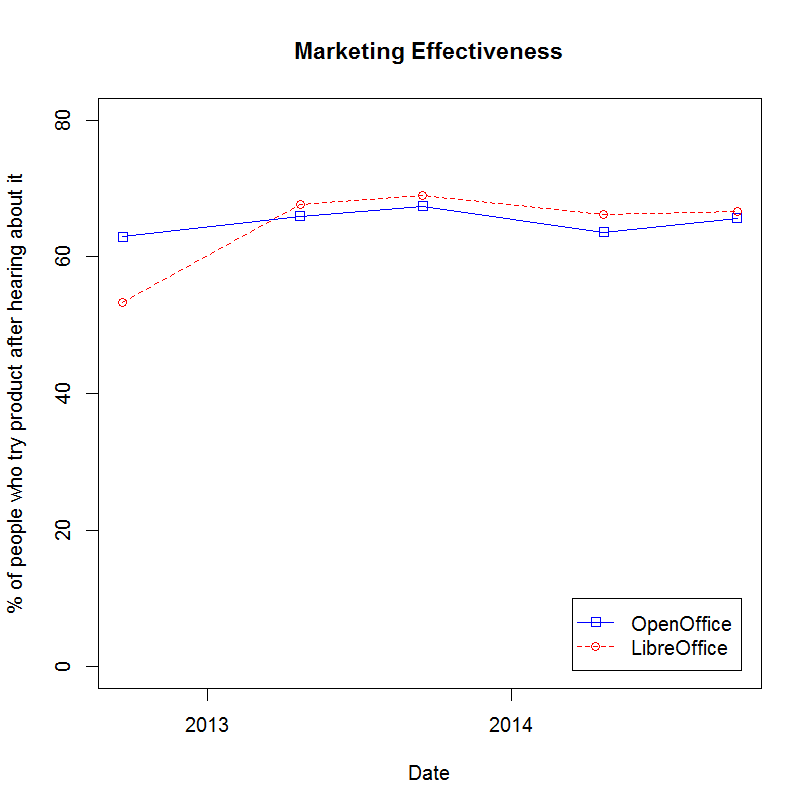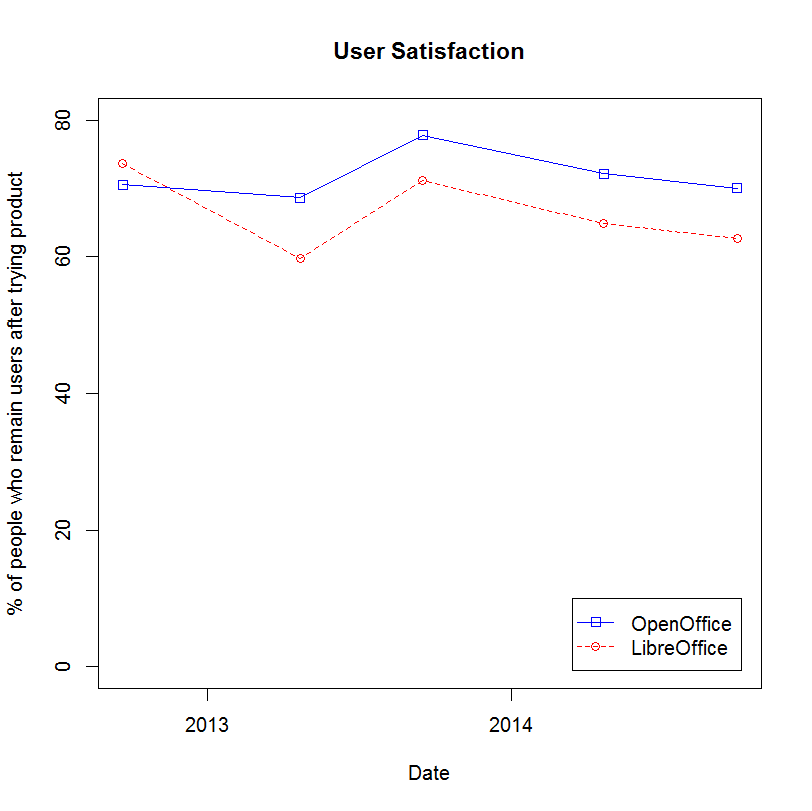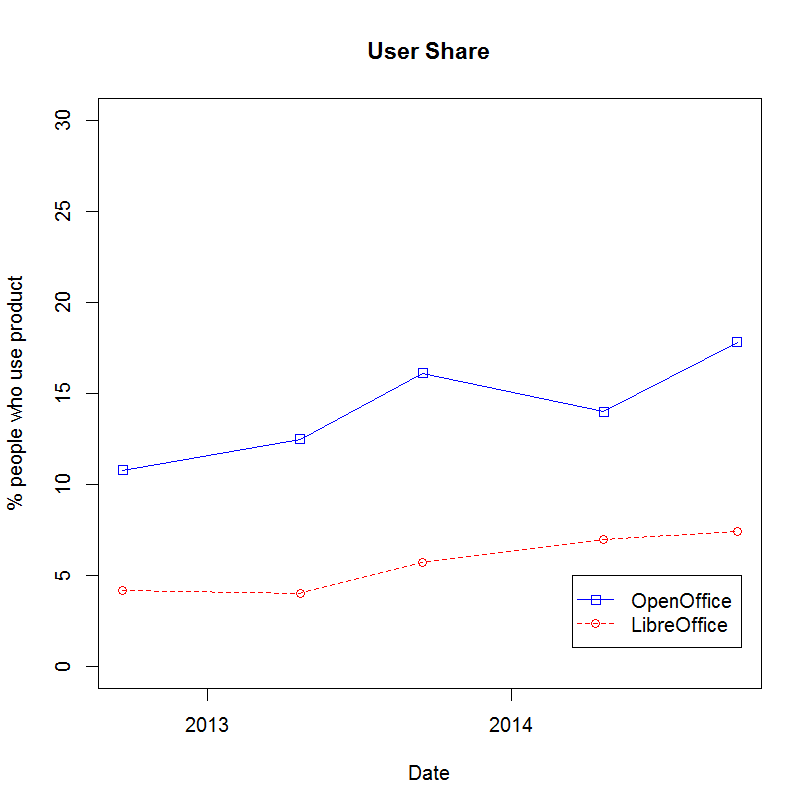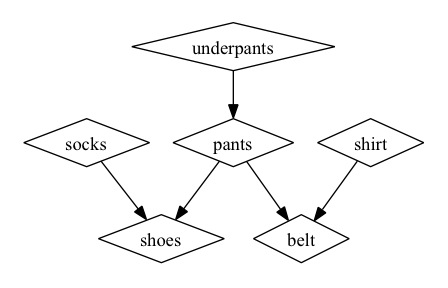Eldnar Randle was born in Delano, California in 1892 and died in 1973 in Oregon. For most of his working years he was an auto mechanic. But he shared a distinction shared by only 1 in over 700,000 Americans. Any guesses? A clue: Look closely at his name.
Yes, Eldnar Randle was given a palindromic name. It reads the same backwards and forwards. This phenomenon is quite rare. A search of the 88 million names in the Social Security Master Death File (SSMDF) shows only 119 cases, including:
- Leon Noel (many examples)
- Welles Sellew
- Grey Yerg
- Ekard Drake
- Ronoel Leonor
- Rello Oller
- Nilrah Harlin
- Nella Allen
- Revilo Oliver
- Ronnoc Connor
- Folke Eklof
- Marlys Sylram
- Elah Hale
- Gnal Lang
- Lemar Ramel
- Ecallaw Wallace
- Rednal Lander
- Ellen Nelle
- Oirolf Florio
- Italo Olati
The question that came to mind was, how many of these were intentional, picked by the parents specifically to be palindromes, and which ones were just pure chance? Given names are often picked to honor some relative, often a parent or grandparent. Picking an unusual name, never used in the family before, probably has a story behind it. Some of the names certainly look a bit far-fetched. Ecallaw Wallace? But others sound quite natural, like Nella Allen. And Eldnar Randle? It is hard to tell. Looking at the 1900 census I see his father was a farm laborer and his mother a housewife. Both were literate. None of the other children had unusual names. But somehow he received the invented named “Eldnar.”
Riew Weir? No, I don’t think that would have worked.
Are there any other examples of world play in names that it is worth looking for among the 88 million names in the SSMDF? Anagrams? Something else?
